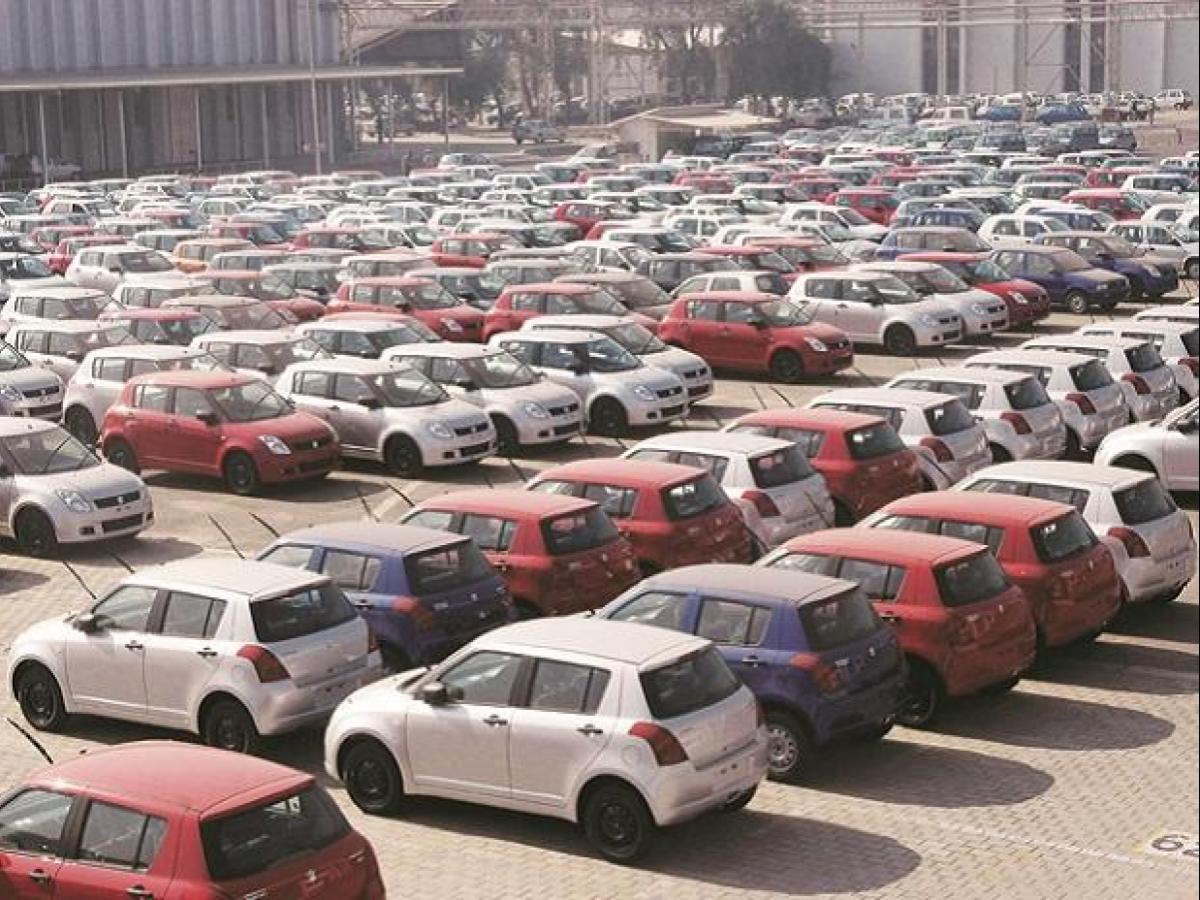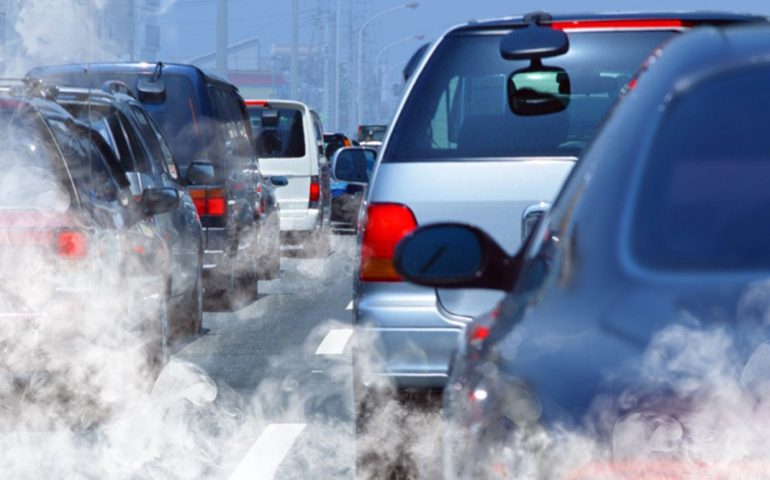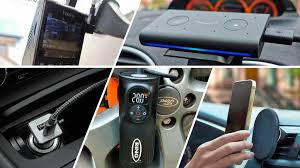As we are approaching the year 2020, its time to know about the status of BS-VI and other safety norms in automobiles in India. How the industry takes this big shift and tackles the challenges. Before looking at the final picture let’s have some background knowledge of the reason behind the update and the benefits of it.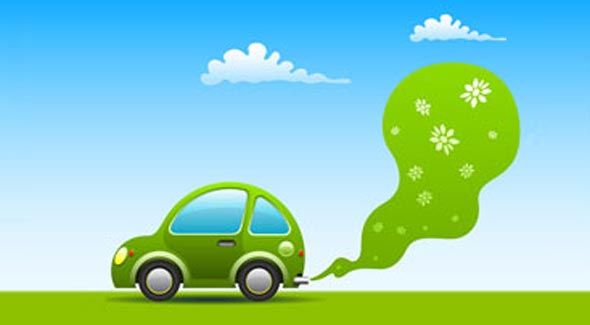 What is BS-VI?
What is BS-VI?
BS (Bharat Stage) implies the emission regulation standards set by Indian authorities and VI is the roman numeric representation of six ‘6’. Higher the number depicts the stricter norms which makes the automobile industry difficult to meet. The norms are similar to the norms in Europe as Euro 4 and Euro 6.
 The supreme court has ruled out all the BS-IV vehicles which is in practice since 2000 and skips the BS V part, to implement BS-VI emission norms from 1 April 2020. Basically, BS (Bharat Stage) IV is followed, the shift is to improve the usage of cleaner fuel.
The supreme court has ruled out all the BS-IV vehicles which is in practice since 2000 and skips the BS V part, to implement BS-VI emission norms from 1 April 2020. Basically, BS (Bharat Stage) IV is followed, the shift is to improve the usage of cleaner fuel.
This standard makes Indian automobiles to be in equal status with European countries, the US and other leading countries. In addition to BS-VI other norms are also added one among that is OBD (On-Board Diagnostics) compulsory in all the vehicles.
BS-IV and BS-VI difference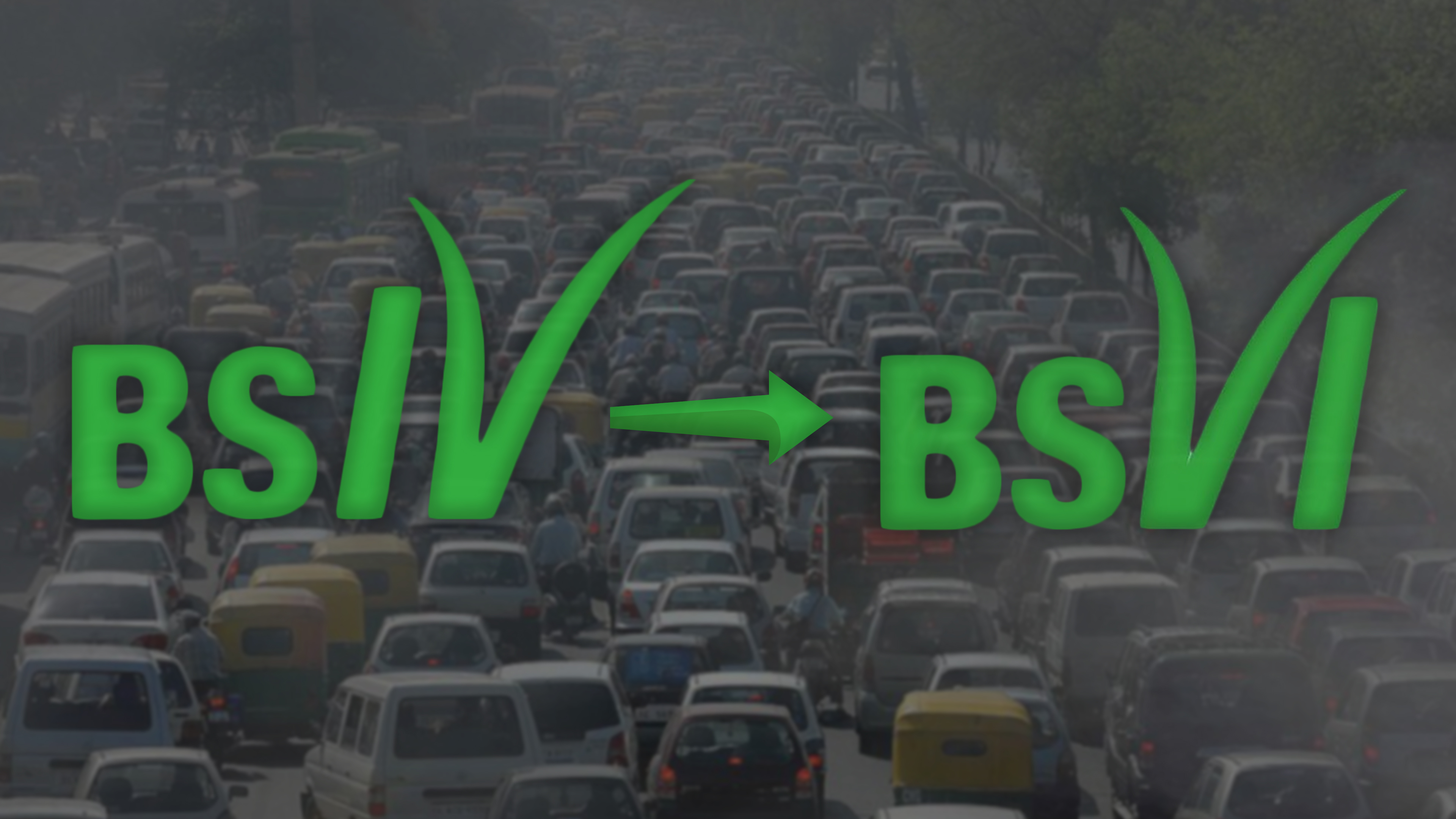
The presence of sulphur percentage makes it better with the former. While the BS-IV fuel has 50 parts per million (ppm) sulphur whereas the BS-VI fuel contains only 10 ppm sulphur content. BS-VI can reduce the PM in diesel cars by 80%. The new norms will also reduce the percentage of nitrogen oxide by 70 % in diesel cars. The toxic exhaust contains some elements like nitrogen oxide, carbon monoxide, hydrocarbons. The harmful ones are PM (particulate matter) 2.5, PM 10 which causes cancer can drastically reduce by 80%.
CHALLENGES
Now the changes are a big challenge to the industrialists which they have to clear the piled-up stocks in BS-IV. Within the time frame of three years is crucial to implement in a wide range of vehicles.
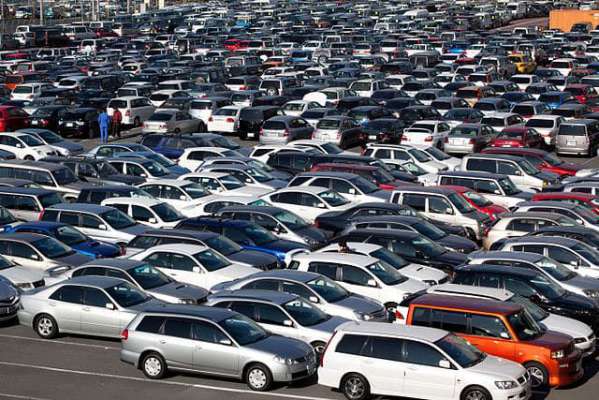
Tata motors confront as the time frame is less where the European countries took nine years for this upgrade. The shift is actually much needed for the environment but the OEM has to design a completely new engine or twist with the existing ones to make it compatible. Once the R&D is over, setting up the vehicle involves high cost which in turn makes the overall price to increase for the end customer.
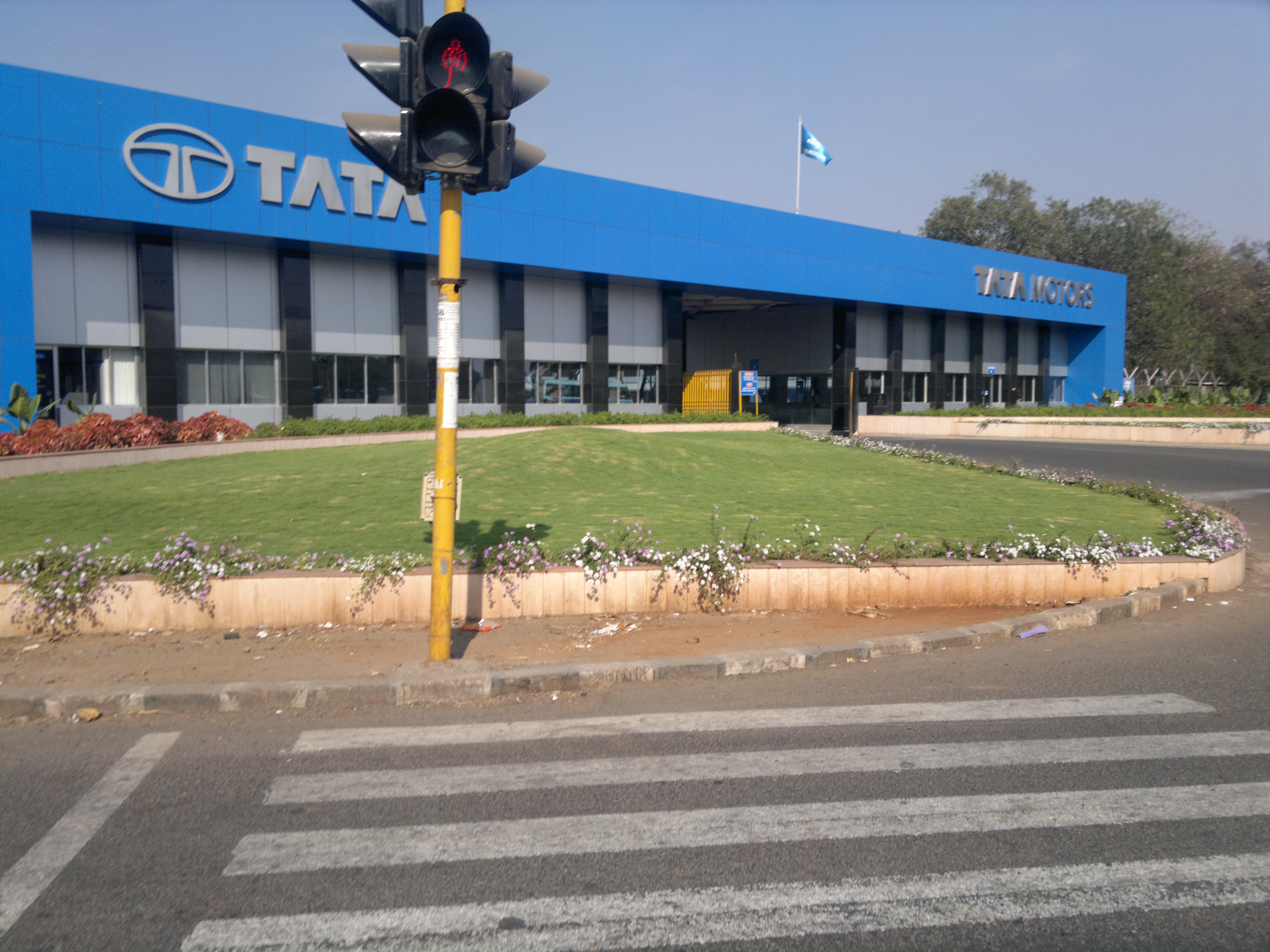
SIAM has said the court that the companies have huge stock of 8.24 lakhs of vehicles in BS-IV standard which includes 96,000 commercial vehicles, over 6 lakh two-wheelers, and about 40,000 three-wheelers. The other important role is the usage of cleaner fuels in BS-VI regulated vehicles as it is not viable for internal combustion engines to pollute less with poor quality of fuel. As per reports, the center has spent Rs 18,000 crore to Rs 20,000 crore for producing cleaner fuel.
To conclude, the automobile industry has a stock of uncompilable vehicle which leads to a loss in the future. On the other hand, the center also depicts as it has given enough time for the changeover and spent a wholesome amount to provide cleaner fuel. The customers also may suffer from a huge increase in the price of new cars. Let’s wait and
watch the days how it is rectified and completed successfully.